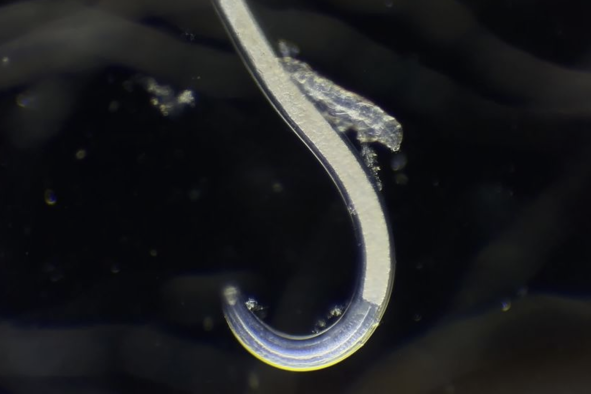A new variant has entered the COVID-19 picture, and scientists have warned that it might soon surge to dominance.
XEC, which was first identified in Germany in June, has now been spotted in Denmark, France, the Netherlands, the U.K., Canada and the U.S., according to lineage tracking graphs shared by data integration specialist Mike Honey on X (formerly Twitter).
From what we know so far, the variant has some new mutations that might help it spread this autumn and into the winter months.
"XEC is definitely taking charge," Eric Topol, director of the Scripps Research Translational Institute in La Jolla, California, told the Los Angeles Times. "This does appear to be the next variant."
He added that it "is just getting started now."
XEC is a rearrangement of two little-discussed preexisting variants: KS.1.1 and KP.3.3. In the U.S., the current dominant strain is KP.3.1.1, which now accounts for more than half of infections, as of September 14. KP.3.1.1, like KP.3.3, belongs to a relatively new class of variants nicknamed the "FLiRT" variants, which are named after the mutations in the projections on the virus' surface that allow them to enter our cells.
These projections, known as spike proteins, are also used as targets by our immune systems and vaccines. So changing their shape allows the virus to evade immune recognition. And it looks like XEC might be doing the same thing.
"It does seem to be showing what we call a growth advantage over the JN.1, or the deFLuQE variants, or the FLiRT variants," Dr. Elizabeth Hudson, regional chief of infectious diseases for Kaiser Permanente Southern California, told the Times. "It's definitely one that I have my eye on."
While the variant has been detected in the U.S., it is not individually tracked by the U.S. Centers for Disease Control and Prevention's variant tracker because a lineage must be estimated to account for at least 1 percent of cases nationally for at least two weeks before it can be included. Topol said that we are weeks or even months away from XEC really taking hold.
It is unclear how well our existing vaccines will protect us against XEC. However, Topol said the differences between this new variant and the XBB.1.5 variant that vaccines were designed to target a year ago are "pretty substantial."
"We'll see how it plays out," Topol said. However, he added that "any booster will induce a higher level of immunity."
So what are the symptoms of this new variant? It's too early to know for sure, but it's expected they include the same cold and flu-like symptoms seen before:
- High temperature
- Body aches
- Fatigue
- A cough or sore throat
Is there a health problem that's worrying you? Let us know via health@newsweek.com. We can ask experts for advice, and your story could be featured in Newsweek.
Disclaimer: The copyright of this article belongs to the original author. Reposting this article is solely for the purpose of information dissemination and does not constitute any investment advice. If there is any infringement, please contact us immediately. We will make corrections or deletions as necessary. Thank you.



